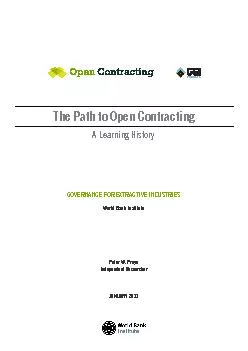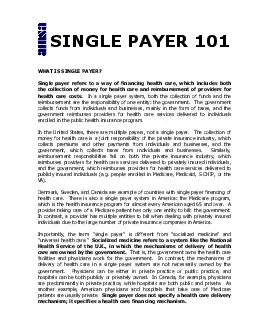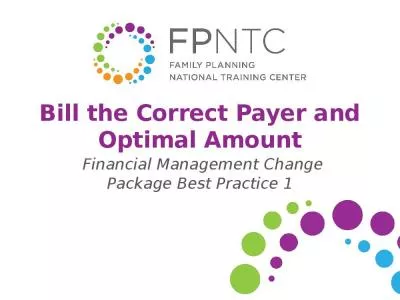PDF-Introduction to Payer Relationships and Contracting
Author : angelina | Published Date : 2021-10-08
1PageIntroductionThis beginning chapterwill provide an introduction toformingrelationships andworking on contractswith your commercial payers We will cover the basics
Presentation Embed Code
Download Presentation
Download Presentation The PPT/PDF document "Introduction to Payer Relationships and ..." is the property of its rightful owner. Permission is granted to download and print the materials on this website for personal, non-commercial use only, and to display it on your personal computer provided you do not modify the materials and that you retain all copyright notices contained in the materials. By downloading content from our website, you accept the terms of this agreement.
Introduction to Payer Relationships and Contracting: Transcript
Download Rules Of Document
"Introduction to Payer Relationships and Contracting"The content belongs to its owner. You may download and print it for personal use, without modification, and keep all copyright notices. By downloading, you agree to these terms.
Related Documents














